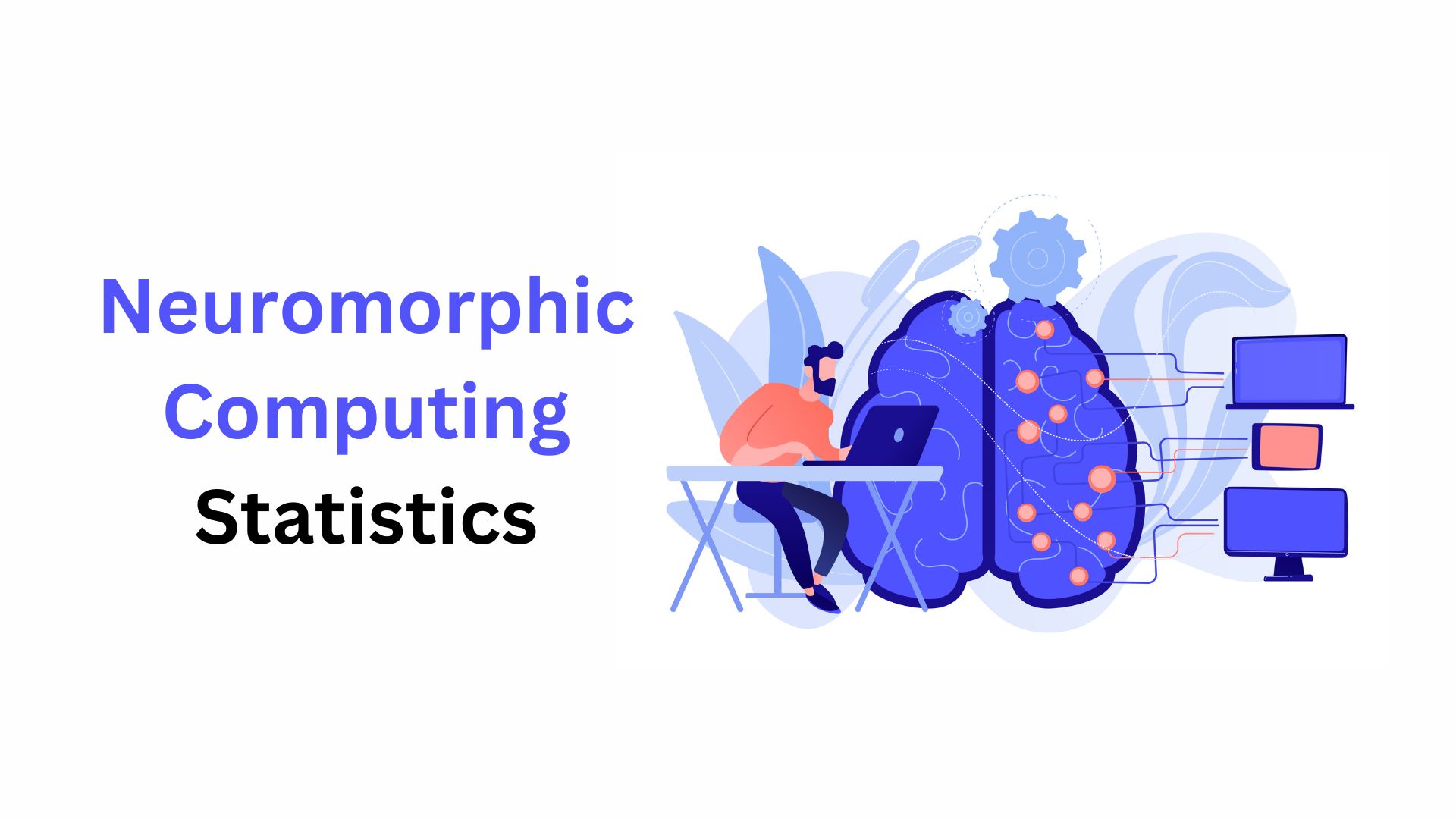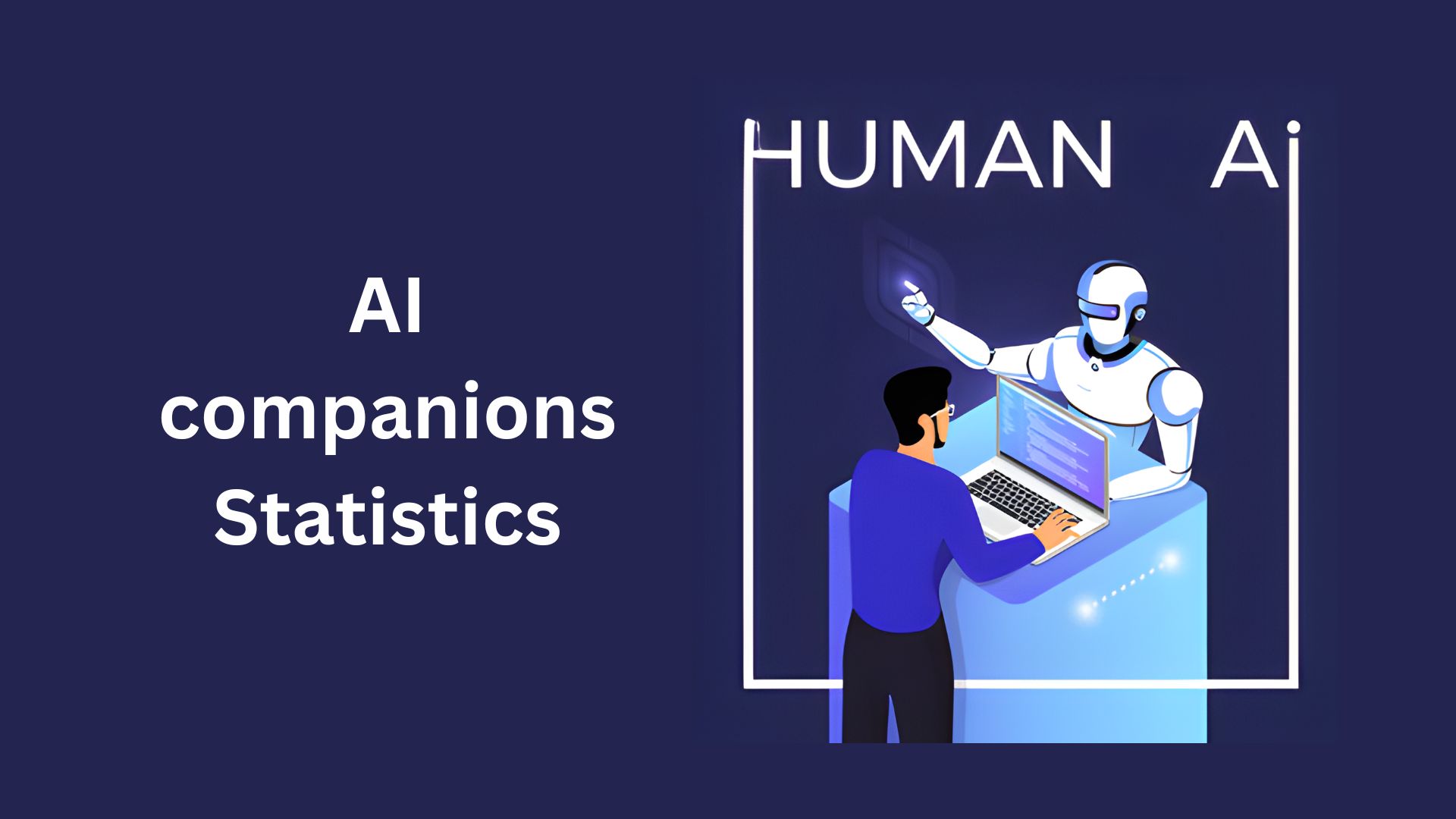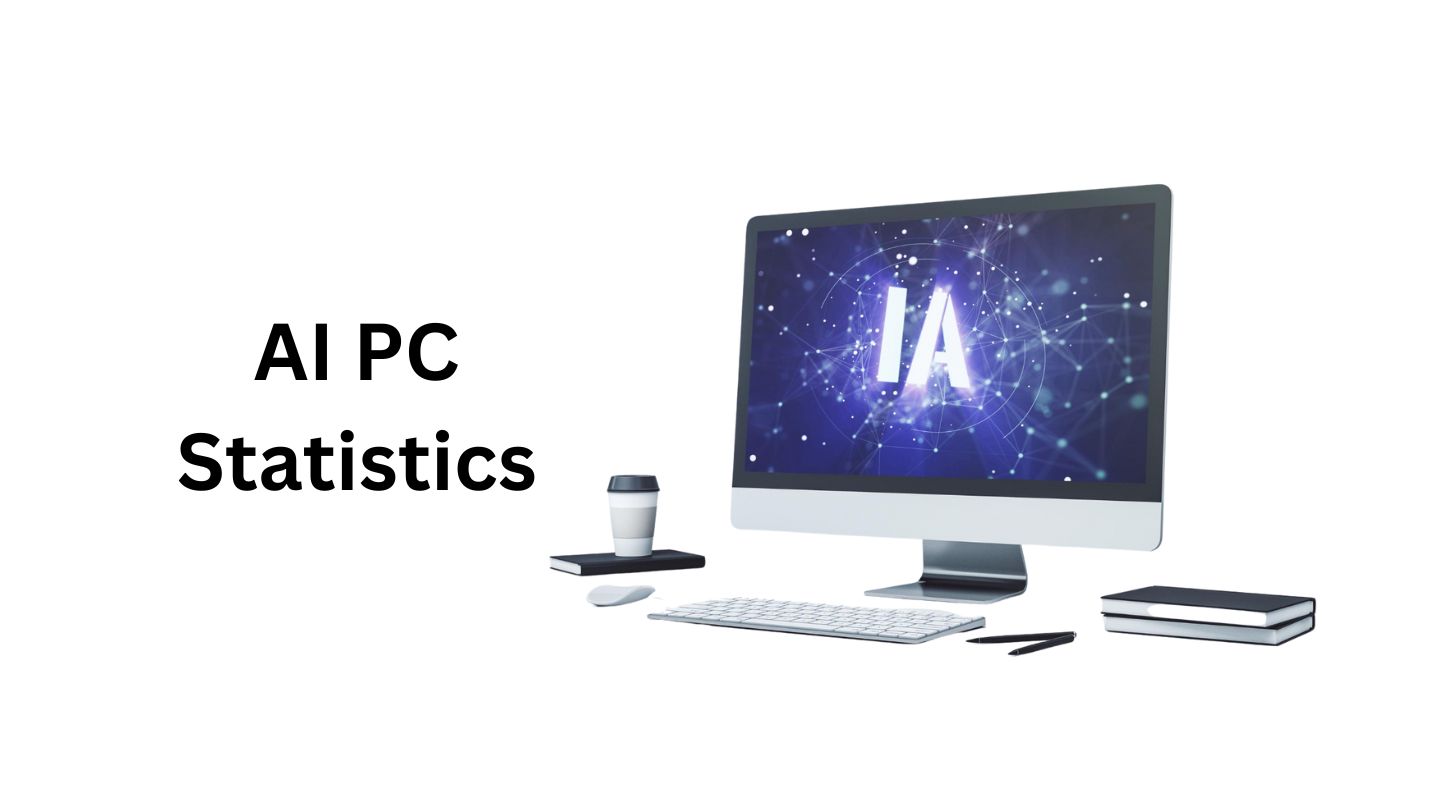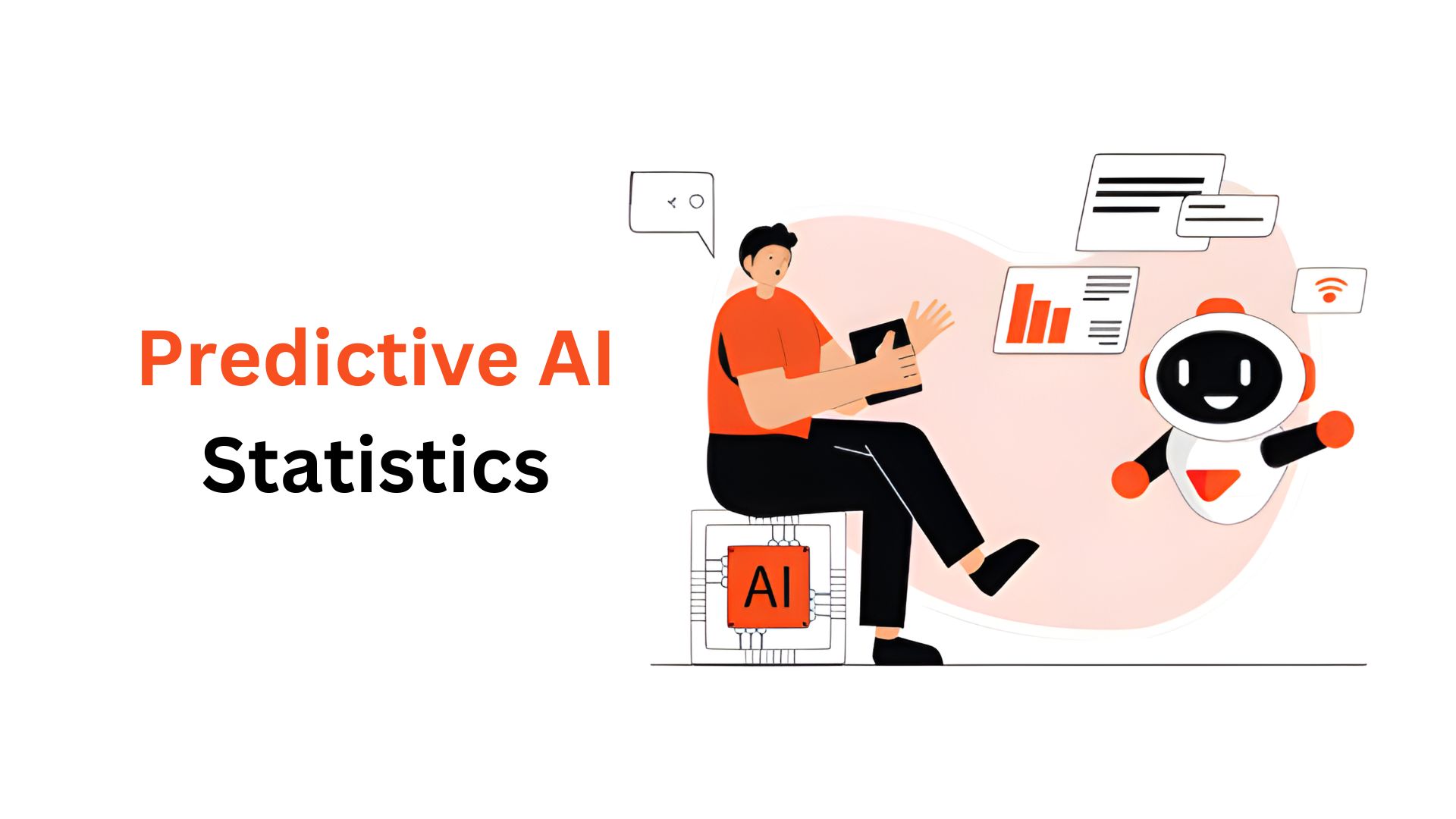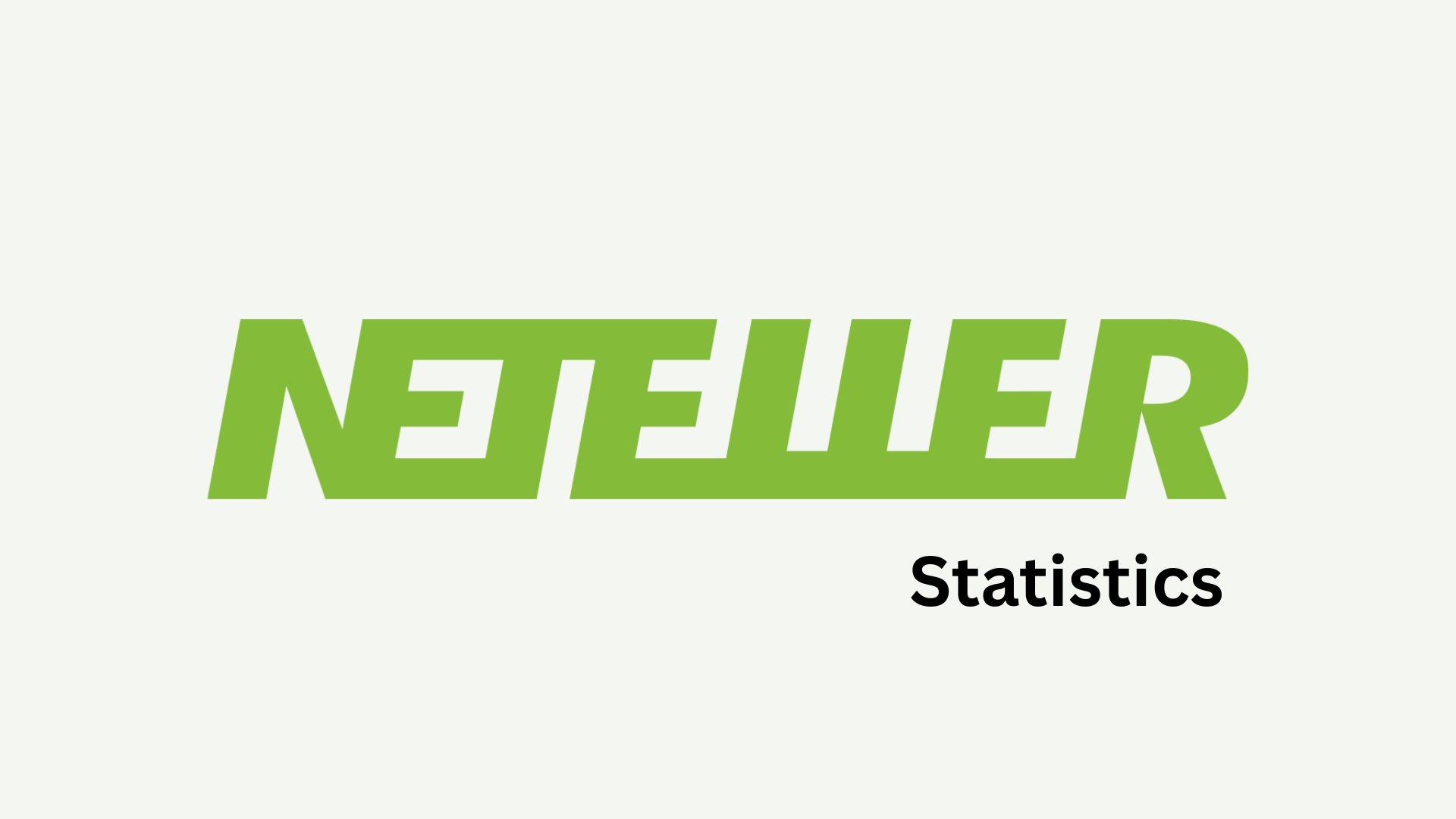Human Machine Interface Statistics By Devices, Market Size, Sales, Trends And Facts (2025)
Updated · Nov 04, 2025
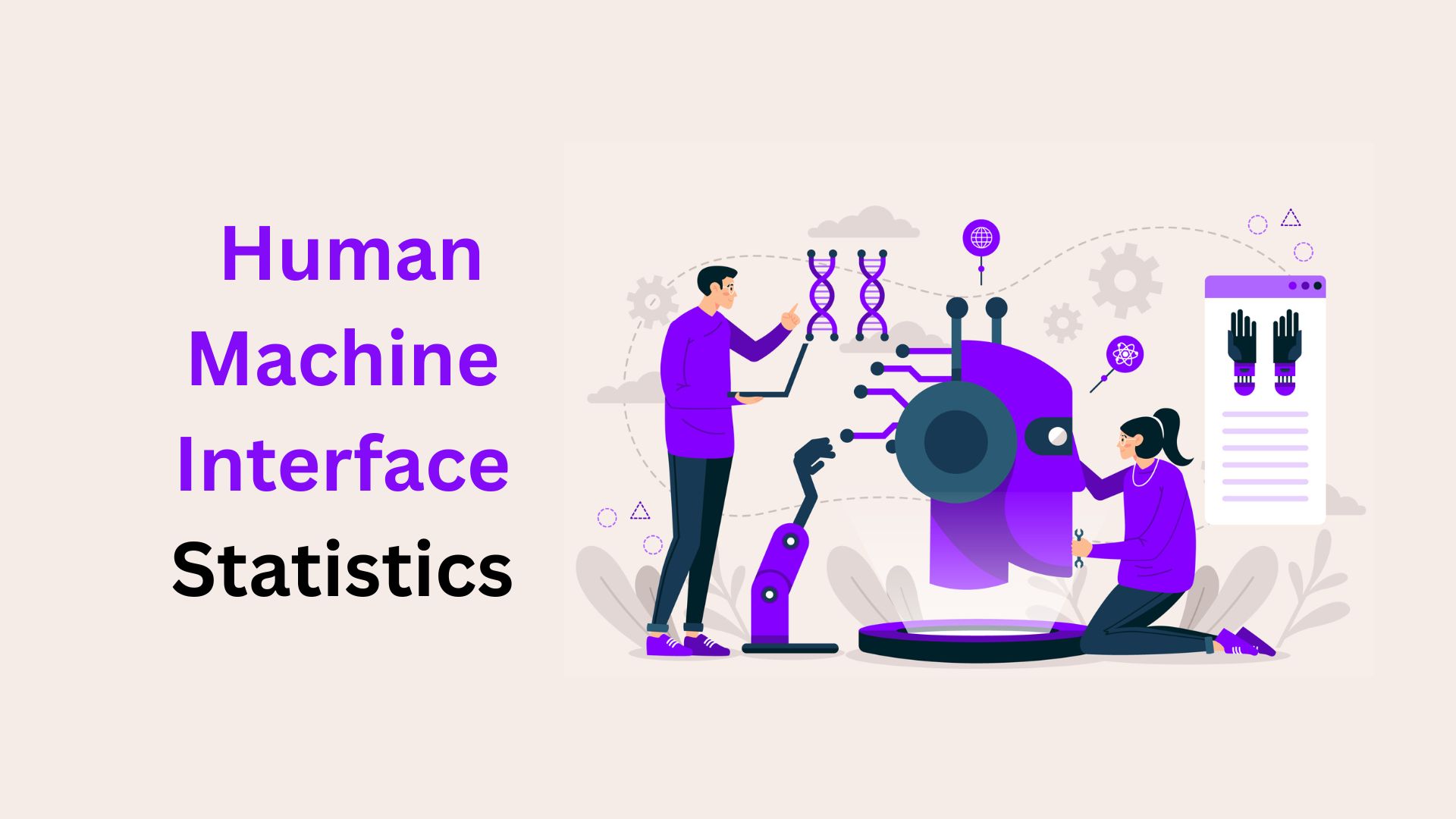
Table of Contents
- Introduction
- Editor’s Choice
- General Human Machine Interface Statistics
- Historical Evolution of Human-Machine Interface
- Human Machine Interface Market Size
- Integration of AI And Humans In Decision-Making Analyses
- Human Machine Interface Devices Statistics
- Human Machine Interface Sales Statistics By Region
- Human Machine Interface Device Specifications Statistics
- Recent Developments Of Human-Machine Interface
- Conclusion
Introduction
Human Machine Interface Statistics: Human-Machine Interfaces (HMIs) began with basic switches and buttons, but over time, they have developed into modern touchscreens and smart control systems. They act as an important link between people and machines, working best when designed well and used correctly. HMIs work like a bridge between people and machines, showing clear data that helps operators check performance, change settings, and control how the system works smoothly and safely.
Today, industries such as automotive, healthcare, manufacturing, and energy depend on HMI technologies to improve automation, reliability, and performance. As Artificial Intelligence (AI), Internet of Things (IoT), and Augmented Reality (AR) continue to evolve, HMI systems are becoming more advanced and adaptive.
Now they are capable to learn user behaviour, delivering live data insights, and improving overall system performance. This article on Human-Machine Interface Statistics highlights how this technology is transforming the way people engage with digital machines, creating smarter workplaces, streamlined processes, and a better experience for users around the world.
Editor’s Choice
- As mentioned in market.us, the global market size of Human Machine Interface is estimated to reach around USD 6.2 billion by 2025.
- As reported by Mordor Intelligence, the market of Human-Machine Interface (HMI) hardware held 57% of the market in 2024.
- As of 2025, it is predicted that over 35% of HMI systems will use artificial intelligence to improve machine control, predictive maintenance, and user adaptability.
- Embedded Human-Machine Interface (HMI) holds a maximum share, accounting for 58% of the market.
- According to Precedence Research analyses, North America captured the largest global HMI market with a share of 30%.
- According to Cognitive Market Research, the Asia-Pacific Human-Machine Interface (HMI) market is projected to grow to around USD 2,172.3 million by 2025.
- In the United States of America, the Human-Machine Interaction market is projected to grow from USD 1,122.14 million in 2025 to USD 2,302.53 million by 2033.
- Across organisations, AI often works with people, in which AI recommends actions and humans decide at 87%.
- According to scoop.market.us, in HMI-focused AR/VR devices, 2024 shipments are projected at 8 million enterprise units and 31 million consumer units.
General Human Machine Interface Statistics
- According to scoop.market.us, around 87% organisations use mixed roles, say AI recommends actions while people decide.
- Another 85% report that AI generates insights.
- In 60% of cases, AI both decides and implements autonomously.
- Conversely, 75% say AI decides but humans implement.
- Lastly, 70% note humans create the initial data or ideas, which AI then reviews and evaluates.
- The rapid adoption of Industry 4.0 technologies is driving smart automation worldwide, raising the global HMI market’s CAGR by approximately 2.1%.
- Integrating OT and IT systems for cybersecurity boosts growth by 1.8%, while Edge-AI adoption adds 1.6%.
- Low-code or no-code tools enhance customisation, increasing 1.3%, energy-efficient displays improve sustainability by 0.7%, and 5G-enabled HMIs contribute another 0.5% to overall market growth.
- As of 2025, it is predicted that over 35% of HMI systems will use artificial intelligence to improve machine control, predictive maintenance, and user adaptability.
- By 2026, AR-enabled HMI technologies are expected to make up around 20% of the total market.
Historical Evolution of Human-Machine Interface
- Early on, people used simple tools such as levers and pulleys to influence the world without much force.
- Later, in the Industrial Revolution, machines read punched cards with holes, running preset tasks and forming the roots of today’s programming.
- Mid-century computing moved past text-only keyboards as GUIs with icons, menus, and windows made using computers far easier for everyone.
- Late 20th-century PCs spread widely, adding graphical interfaces and a mouse, making human-machine interaction much more intuitive and engaging.
- Emerging in the late 1900s and dominating the early 2000s, mobiles and touchscreens reshaped technology with simple, intuitive controls and friendlier interfaces.
- Modern HMIs use voice, gestures, AR, and AI to make interactions simpler, more personal, and seamless between people and machines.
Human Machine Interface Market Size

(Source: sp-ao.shortpixel.ai)
- The global market size of Human Machine Interface is estimated to reach around USD 6.2 billion by 2025.
- The market will grow at 8.6% CAGR from 2025 to 2032, resulting in USD 10.7 billion.
- Furthermore, in the coming years, the market sizes will grow up to USD 6.8 billion (2026), USD 7.3 billion (2027), USD 7.7 billion (2028), USD 8.3 billion (2029), USD 8.9 billion (2030), and USD 9.7 billion (2031).
- As reported by Mordor Intelligence, the market of Human-Machine Interface (HMI) hardware held 57% of the market in 2024, while the services segment is expected to rise at a CAGR of 11.4% through 2030.
- Touchscreen interfaces led with a 71% revenue share, and AR/VR-based HMIs are projected to grow at 18.7% CAGR from 2025 to 2030.
- Among configurations, embedded systems accounted for 46% of the market in 2024, while distributed HMIs will grow at a 12.3% CAGR.
- By industry, the automotive sector dominated with a 22% share, whereas semiconductor and electronics are anticipated to expand at a 10.6% CAGR.
- Regionally, Asia-Pacific captured 38% of the global market, and the Middle East & Africa is expected to record the fastest growth at 9.8% CAGR in the same period.
By Product Analysis

(Reference: scoop.market.us)
- By 2025, the Human-Machine Interface hardware segment is expected to reach USD 3.2 billion, and the software segment will account for USD 3 billion.
Furthermore, the estimated market size of Hardware vs. Software in the coming years is mentioned in the table below:
|
Year
|
Hardware | Software |
| (USD billion) | ||
| 2026 | 3.51 | 3.29 |
| 2027 | 3.77 | 3.53 |
| 2028 | 3.97 | 3.73 |
| 2029 | 4.28 | 4.02 |
| 2030 | 4.59 | 4.31 |
| 2031 | 5.01 | 4.69 |
| 2032 | 5.52 | 5.18 |
By Configuration

(Reference: scoop.market.us)
- Embedded Human-Machine Interface (HMI) holds a maximum share, accounting for 58% of the market.
- On the other hand, Standalone HMI represents 42% market share.
By Region

(Reference: precedenceresearch.com)
- According to Precedence Research analyses, North America captured the largest global HMI market with a share of 30%.
- Europe holds 27% of the market share, and Asia-Pacific follows with 25%.
- Latin America accounts for 13%, while the Middle East and Africa contribute 5% through steady technology adoption.
Integration of AI And Humans In Decision-Making Analyses

(Reference: scoop.market.us)
- Across organisations, AI often works with people, in which AI recommends actions and humans decide at 87%, and AI generates insights that human uses in a decision process 85%.
- Followed by AI decisions human implements (75%), human generates AI evaluates (70%), and AI depicts and implements (60%).
Human Machine Interface Devices Statistics

(Source: scoop.market.us)
- According to scoop.market.us, in HMI-focused AR/VR devices, 2024 shipments are projected at 8 million enterprise units and 31 million consumer units.
- By the end of 2025, the number of consumers will rise to 10 million and 38 million.
- Momentum holds from 2026 onward: 12 million and 45 million in 2026, then 14 million and 53 million in 2027.
- Projections for 2028 climb to 16 million enterprises with 60 million consumers.
- The path continues in 2029 at 18 million and 67 million, reaching 21 million enterprises and 73 million consumers by 2030.
Human Machine Interface Sales Statistics By Region
- According to Cognitive Market Research, the Asia-Pacific Human-Machine Interface (HMI) market is projected to grow from USD 2,172.3 million by 2025 to USD 4,882.61 million by the end of 2033, recording a 10.654% CAGR.
Furthermore, market sales of other regions are stated in the table below:
| Region | 2025 (USD million) |
2033 (USD million) |
CAGR (2025 to 2033) |
| North America | 1459.98 | 3015.36 | 9.49% |
| Europe | 1265.7 | 2674.71 | 9.80% |
| South America | 400.316 | 870.542 | 10.20% |
| South East Asia | 338.228 | 719.696 | 9.90% |
| Middle East | 312.011 | 605.595 | 8.64% |
| Africa | 276.689 | 567.745 | 9.40% |
By Country
- In the United States of America, the Human-Machine Interaction market is projected to grow from USD 1,122.14 million in 2025 to USD 2,302.53 million by 2033.
- The market represents a compound annual growth rate (CAGR) of 9.40% from 2025 to 2033.
Moreover, other countries’ market analyses are mentioned below:
| Country | 2025 (USD million) |
2033 (USD million) |
CAGR (2025 to 2033) |
| China | 825.475 | 1933.51 | 11.226% |
| India | 384.498 | 898.4 | 11.192% |
| Germany | 251.875 | 548.315 | 10.212% |
| Japan | 248.946 | 540.016 | 10.164% |
| Canada | 193.301 | 411.295 | 9.898% |
| Russia | 149.353 | 304.917 | 9.332% |
| Mexico | 144.538 | 301.536 | 9.628% |
| France | 137.962 | 278.17 | 9.161% |
| Brazil | 136.508 | 301.208 | 10.399% |
| United Kingdom | 132.899 | 286.194 | 10.063% |
| Saudi Arabia | 121.996 | 236.061 | 8.601% |
| South Africa | 115.103 | 233.343 | 9.235% |
| South Korea | 106.443 | 214.835 | 9.175% |
| Spain | 81.0051 | 168.507 | 9.588% |
| Turkey | 73.3226 | 140.498 | 8.469% |
| Italy | 69.6138 | 133.736 | 8.504% |
| Taiwan | 69.5137 | 146.478 | 9.765% |
| Nigeria | 67.2354 | 140.233 | 9.624% |
| Singapore | 65.1691 | 136.713 | 9.704% |
| Sweden | 63.2853 | 125.711 | 8.958% |
| Denmark | 58.2224 | 120.362 | 9.503% |
| Switzerland | 50.6282 | 101.639 | 9.102% |
| Australia | 50.6147 | 103.999 | 9.419% |
| Argentina | 44.8354 | 93.6703 | 9.647% |
| Luxembourg | 35.4397 | 72.2172 | 9.306% |
| UAE | 33.8844 | 67.8266 | 9.062% |
| Egypt | 33.0732 | 65.4042 | 8.897% |
| Colombia | 32.4256 | 71.3845 | 10.367% |
| Qatar | 26.0217 | 51.1122 | 8.805% |
| Peru | 18.8149 | 39.1744 | 9.601% |
| Chile | 16.8133 | 35.6922 | 9.866% |
Human Machine Interface Device Specifications Statistics
By Trainnet® Human-Machine Interface
- According to EKE Electronics, the Trainnet® Human-Machine Interfaces (HMIs) come in the 6.5-inch model, which measures 220×170×125 mm, weighs 3.7 kg, and supports 24 V DC or 110 V DC input.
- It provides a 640×480 VGA resolution, 440 cd/m² brightness, and consumes 3.5 W in standby and 11 W at full brightness.
- The 12.1-inch standard and FT models measure 340×270×106 mm and 320×260×75 mm, weigh 6 kg, operate on 24, 72, or 110 V DC, feature 1024×768 XGA resolution, 320 cd/m² luminance, and use 4 to 15W, functioning from −25°C to +70°C with an MTBF of 50,000 hours.
By MK070E-33DT Human-Machine Interface
- According to Kinco Automation, the MK070E-33DT Human-Machine Interface (HMI) includes a 7-inch TFT display with a resolution of 800×480 pixels, supporting 256K colours and a brightness level of 250 cd/m².
- It operates on a 700 MHz RISC processor with 128 MB Flash and 64 MB DDR2 memory, and supports USB expansion.
- Designed for flexibility, it features two RS-485 ports, digital/analogue I/O, and supports up to 8 KS modules.
- Measuring 204×150×33.9 mm, it consumes 10 W at 24 V DC, operates from 0°C to +50°C, and carries an IP65-rated front panel for protection.
By Omron NYE Series Human-Machine Interface
- According to Omron, the NYE Series Human-Machine Interfaces are industrial-grade HMIs certified under UL, CSA, CE, and multiple maritime standards such as ABS and DNV.
- These units are available in 7-inch and 9-inch TFT LCDs with an 800×480 resolution, providing 900 MB memory, dual Ethernet ports, and USB support.
- The models differ by bezel colour, black or silver, and are meant for indoor Type 1 and 4X enclosures in hazardous locations, supporting Compact Flash memory and landscape installation.
By Applied Analytics Human-Machine Interface
- According to Applied Analytics, the HMI system includes an 8-inch resistive touchscreen with a resolution of 800×600 pixels and a brightness of 350 cd/m².
- It is powered by an Intel® Celeron™ 1.83GHz processor, featuring 4GB RAM and SSD storage.
- The device operates on 24 VDC, consuming 14.5 W, and functions efficiently between 0°C and 50°C with humidity up to 90%.
- With Ethernet, RS-232, RS-485, and USB ports, and an MTBF of 40,000 hours, it ensures long-lasting industrial performance.
By XV300 Advanced Human-Machine Interface
- According to Eaton, the XV300 Series delivers a modern, tablet-like HMI design built for industrial performance.
- It comes in 7-inch, 10.1-inch, and 15.6-inch widescreen versions with resolutions of 1024×600 or 1366×768.
- Featuring capacitive multi-touch with anti-reflective glass, the system runs on an 800 MHz ARM Cortex-A9 CPU with 1 GB internal memory, 512 MB RAM, and SD card expansion.
- Connectivity includes Ethernet, USB, CAN, RS-232, and PROFIBUS. Certified for CE, cUL, ATEX Zone 22, and DNV-GL maritime standards, it supports Galileo and XSOFT-CODESYS-3 software.
Recent Developments Of Human-Machine Interface
- As of February 2025, VI-grade unveiled a COMPACT HMI simulator designed to enhance human–machine interface testing and simulation capabilities.
- In April 2025, EDATECH introduced new industrial HMI displays in 7-inch, 10.1-inch, and 15.6-inch models powered by Raspberry Pi CM5.
- In the same period, Phantom Neuro successfully raised USD 19 million further to develop its advanced human–machine interface technology.
Conclusion
Human-Machine Interfaces (HMIs) have changed a lot over time. They started with simple buttons and switches and have now become smart touchscreens and digital panels that use AI, IoT, and AR. These systems help industries such as cars, healthcare, factories, and energy make faster decisions, stay safe, and work better. As automation grows, more companies need easy-to-use and flexible HMI designs.
Recent statistics show that good HMI designs improve performance and help create safer, smarter, and better-connected workplaces around the world.
FAQ.
Clarity, consistency, minimalism, progressive disclosure, and strong situational awareness. Follow ISA-101 and Nielsen heuristics.
- Hardware (display, CPU, input devices)
- Software (visualisation, control logic, communication drivers)
- Communication protocols (OPC UA, Modbus, EtherNet/IP, etc.)
Common examples include industrial control panels, touchscreens in vehicles, medical equipment displays, and factory automation dashboards.
By using intuitive controls, real-time feedback, and clear visual displays, HMIs simplify decision-making and reduce the chance of mistakes.
Modern HMI trends include voice and gesture controls, cloud connectivity, data visualisation dashboards, and customised user interfaces.

Maitrayee Dey has a background in Electrical Engineering and has worked in various technical roles before transitioning to writing. Specializing in technology and Artificial Intelligence, she has served as an Academic Research Analyst and Freelance Writer, particularly focusing on education and healthcare in Australia. Maitrayee's lifelong passions for writing and painting led her to pursue a full-time writing career. She is also the creator of a cooking YouTube channel, where she shares her culinary adventures. At Smartphone Thoughts, Maitrayee brings her expertise in technology to provide in-depth smartphone reviews and app-related statistics, making complex topics easy to understand for all readers.


